A round-up of the week’s reviews and interviews
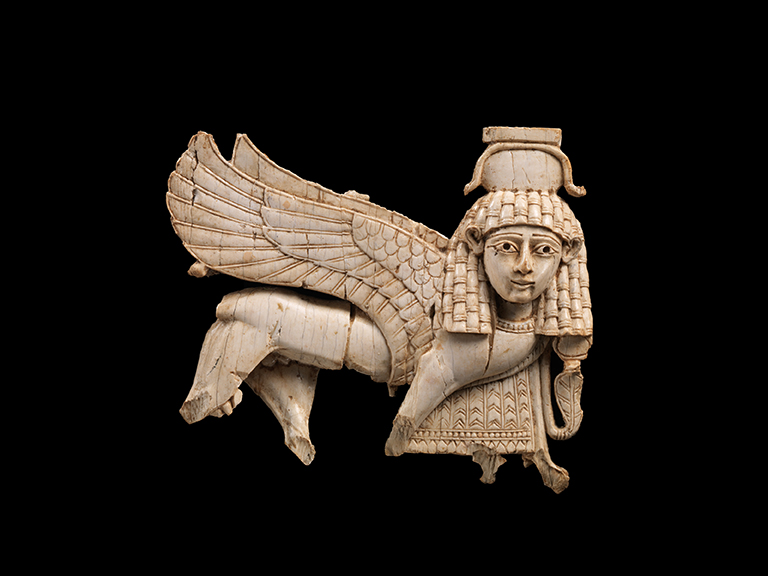
First Look: ‘Assyria to Iberia’ at the Metropolitan Museum (Joan Aruz)
In the 8th to 7th century BC, the Assyrian empire was the largest the world had ever seen, reaching the Mediterranean and even Egypt. Land-bound with no navy, Assyria profited from the vast trading networks of the Phoenicians – master navigators, shipbuilders, and craftsmen. Phoenician luxury goods came to the Assyrian capital as tribute and also found their way into western sanctuaries and elite burials, helping to inspire an Orientalising era in the Mediterranean.
‘British Art at War: Walter Sickert’ on BBC Four (Camilla Apcar)
Sickert was born in 1860, so more than half of this programme is a biographical prelude to a war in which he was too old to fight. Little more than five minutes is dedicated to the artist’s work between 1914 and 1918, though the period saw him focus on the consequences of war – at home and at the front – while it was still raging…[But] if you take it on its own terms the episode serves as a thorough biography…
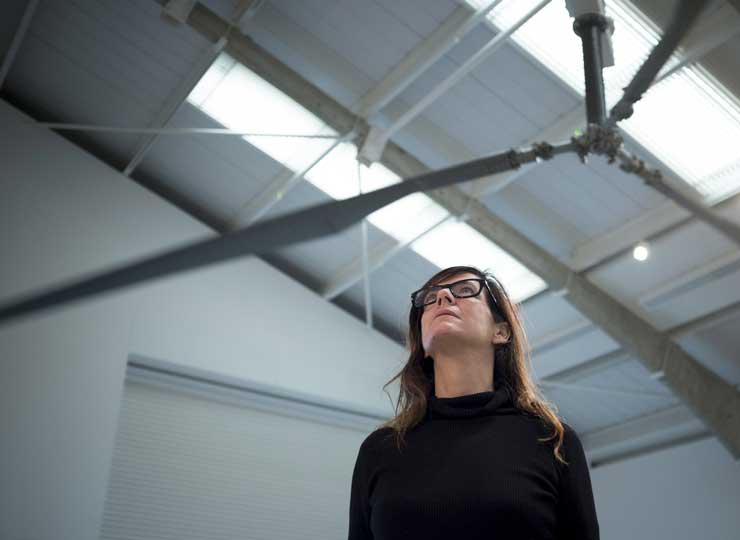
Fiona Banner at Yorkshire Sculpture Park, 2014. Courtesy the artist and Yorkshire Sculpture Park. Photo: Jonty Wilde
Wp Wp Wp: Fiona Banner at the Yorkshire Sculpture Park (Digby Warde-Aldam)
The blades scythe faster and faster in opposite directions, beating up to a speed where they are no longer distinguishable. It seems impossible that the thin spokes to which they are attached can hold them steady much longer. This was the moment when I made a break for the exit. But just as they have sped into a vortex, they wind down again. You gasp with relief.
First Look: ‘Rubens and his Legacy’ at BOZAR, Brussels (Nico Van Hout)
I didn’t want to make ‘another Rubens show’. I’m not focusing on Rubens the diplomat, the collector, the propagandist or the husband. The exhibition tries to show why Rubens’s paintings were and still are fascinating to so many other artists. Why is Rubens the ultimate painter’s painter?
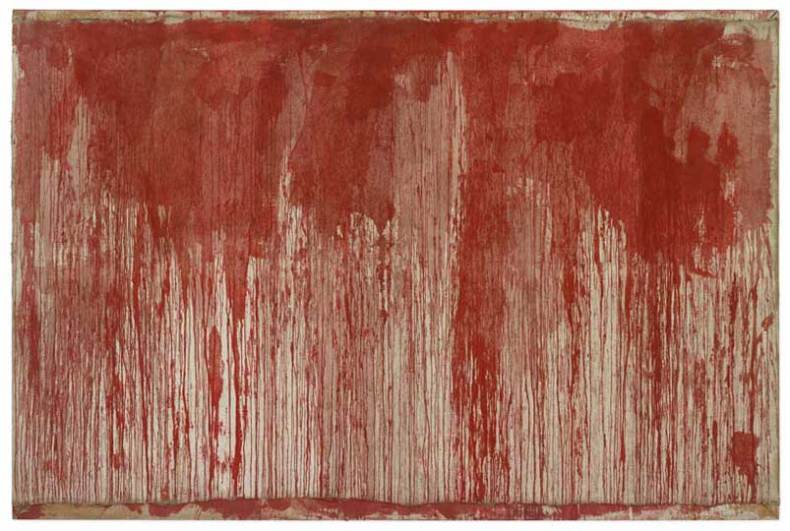
Kreuzwegstation (Station of the Cross) (1961), Hermann Nitsch © ARS, NY. Photo: Stefan Altenburger Photography Zürich
Bodies in action: Vienna Actionism at Hauser & Wirth New York (Hannah Carroll)
While Rabelais’ Gargantua proposes that the walls of Paris be built with genital organs (‘cheaper than stones’), the Vienna Actionists set about refashioning their city not just with organs, but also coagulated blood, entrails, dead animals, garbage, faeces, and, of course, copious buckets of paint.
Unlimited access from just $16 every 3 months
Subscribe to get unlimited and exclusive access to the top art stories, interviews and exhibition reviews.

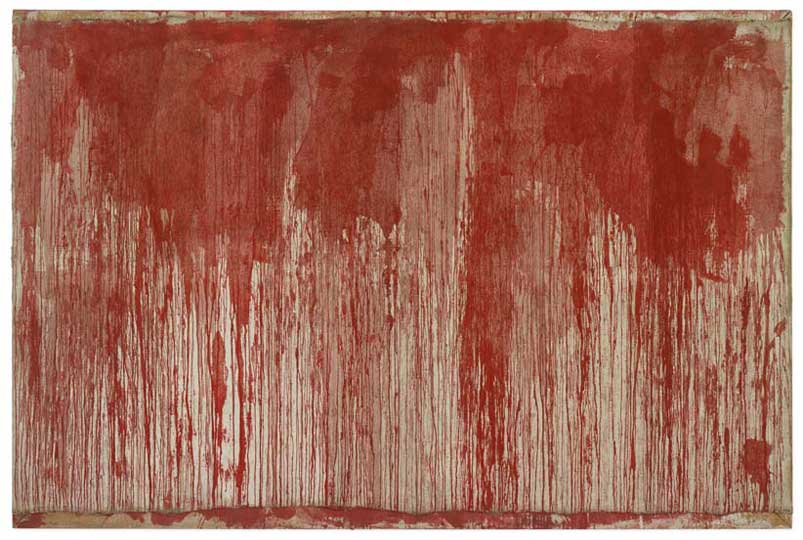
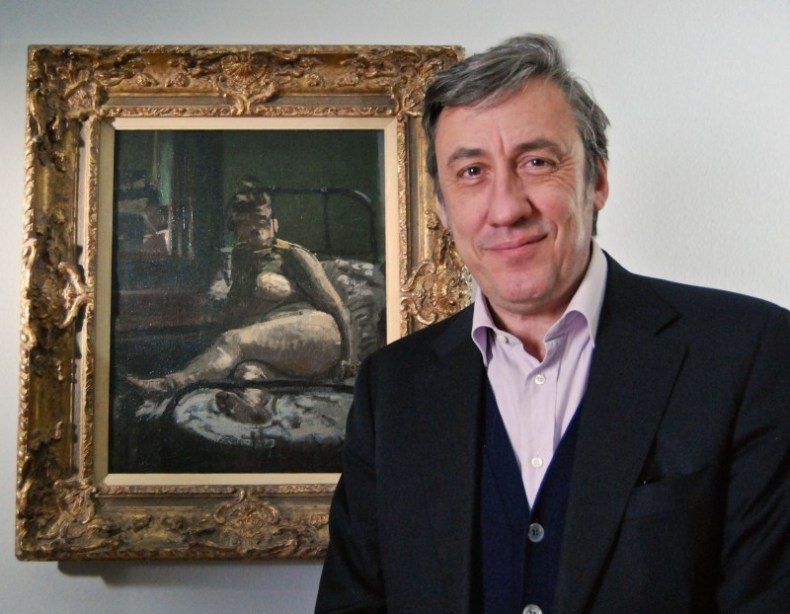
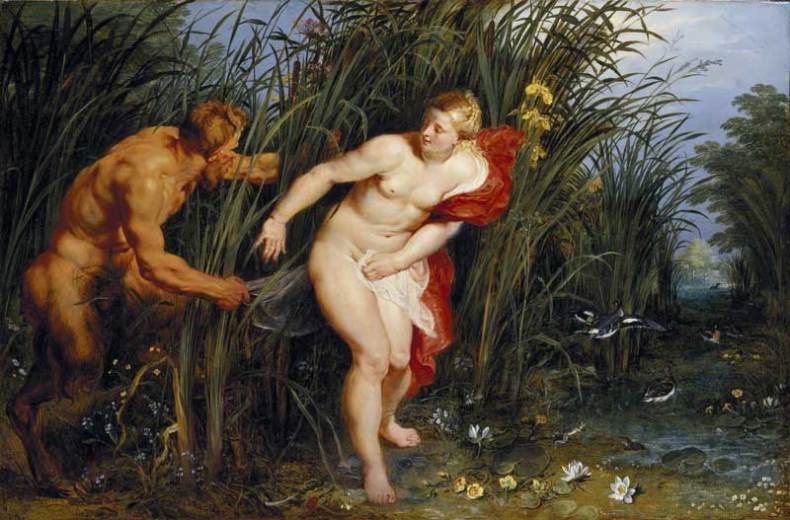
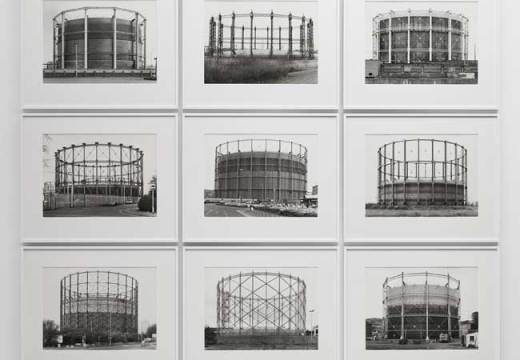
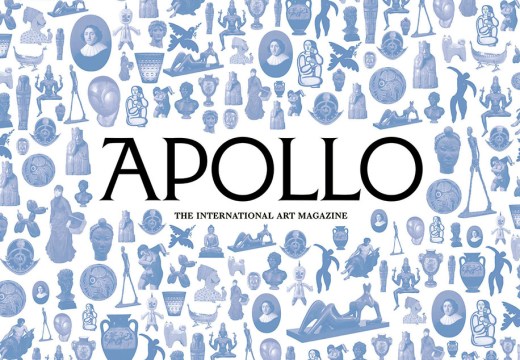
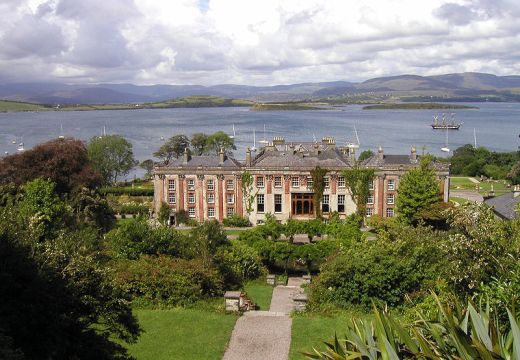









![Masterpiece [Re]discovery 2022. Photo: Ben Fisher Photography, courtesy of Masterpiece London](http://www.apollo-magazine.com/wp-content/uploads/2022/07/MPL2022_4263.jpg)
It’s time for the government of London to return to its rightful home